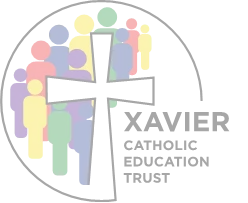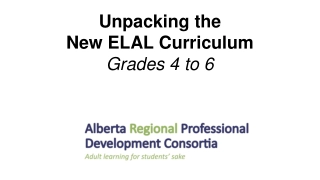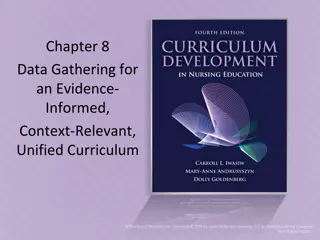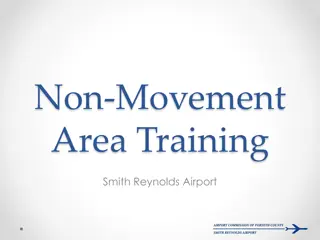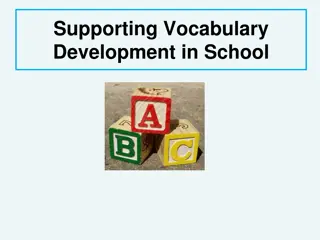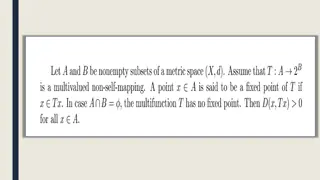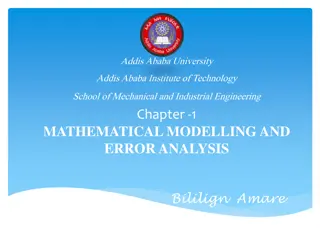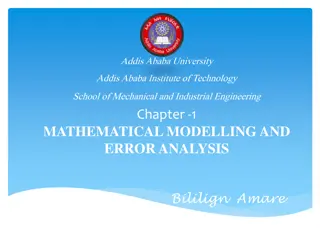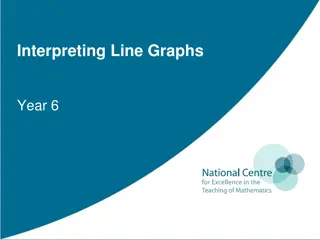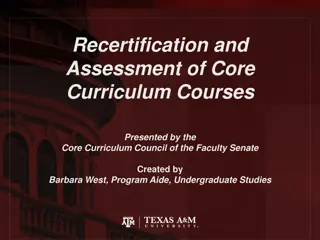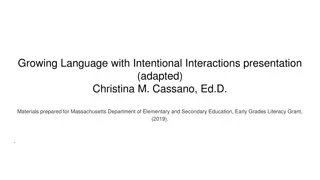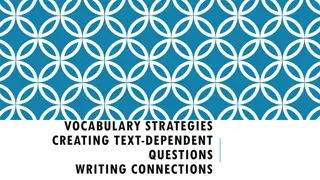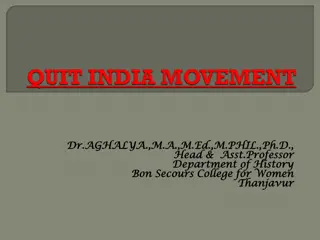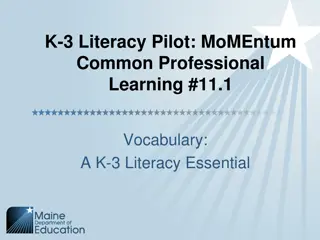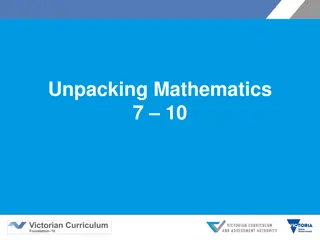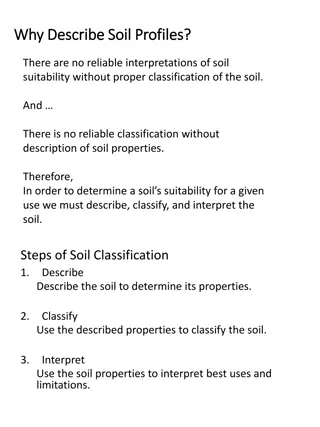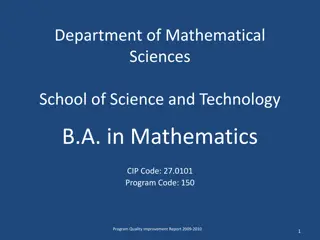Mathematical Vocabulary for Describing Movement in Year 2 Curriculum
Explore and enhance mathematical vocabulary skills for describing movement in Year 2 with concepts like forwards, backwards, up, down, left, right, and movement in a straight line. Engage in activities focusing on direction, distance, and turns, including quarter, half, and three-quarter rotations in clockwise and anti-clockwise directions.
Download Presentation

Please find below an Image/Link to download the presentation.
The content on the website is provided AS IS for your information and personal use only. It may not be sold, licensed, or shared on other websites without obtaining consent from the author. Download presentation by click this link. If you encounter any issues during the download, it is possible that the publisher has removed the file from their server.
E N D
Presentation Transcript
Year 2 Summer Block 1 Position & Direction Describing Movement Describing Movement NCLO: NCLO: Use mathematical vocabulary to Use mathematical vocabulary to describe movement, including describe movement, including movement in a straight line movement in a straight line
Vocabulary Movement, forwards, backwards, up, down, left, right, movement, straight line.
Key questions How far have you/has your partner moved? In what direction have you/has your partner moved? What direction are we facing in at the start? Why is this important? Can you describe the movements made by ____? How could we record these movements?
Fluency Using the words forwards, backwards, up, down, left and right, give your partner some instructions to complete around the classroom/playground.
Fluency Complete the stem sentences to describe the movements made. The tortoise has moved 1 square _____. The bee has moved ___ squares ______. The _____ has moved 1 square backwards. The ____ has moved ___ squares forwards.
Year 2 Summer Block 1 Position & Direction Describing Turns Describing Turns NCLO: NCLO: Use mathematical vocabulary to describe Use mathematical vocabulary to describe movement , distinguishing between rotation as a movement , distinguishing between rotation as a turn and in terms of right angles for quarter, half turn and in terms of right angles for quarter, half and three and three- -quarter turns (clockwise and anti quarter turns (clockwise and anti- - clockwise). clockwise).
Vocabulary Movement, forwards, backwards, up, down, left, right, movement, straight line, direction, clockwise, anti- clockwise, quarter turn, half turn, three quarter turn, full turn.
Key questions What is each turn called? What direction was the turn in? Can we end up facing the same direction if we started facing different directions? How far has the shape turned? What does the shape look like after a turn?
Fluency Using the words forwards, backwards, up, down, left and right, give your partner some instructions to complete around the classroom/playground.
Reasoning and problem solving Always, Sometimes, Never If two objects turn in different directions they will not be facing the same way.
Year 2 Summer Block 1 Position & Direction Describing Movement and Turns Describing Movement and Turns NCLO: NCLO: Use mathematical vocabulary to describe position, direction and movement including movement in astraight line and distinguishing between rotation as a turn and in terms of right angles for quarter, half and three-quarter turns (clockwiseand anti-clockwise).
Vocabulary Movement, forwards, backwards, up, down, left, right, movement, straight line, direction, clockwise, anti- clockwise, quarter turn, half turn, three quarter turn, full turn.
Key questions Which direction is ____ facing to begin with? Why is this important? Is ____ moving or just changing direction? How do you know? How can we record the directions given? How can we show the difference between a turn and moving? Is there a more efficient route to take?
Year 2 Summer Block 1 Position & Direction Making Patterns with Shapes Making Patterns with Shapes NCLO: NCLO: Order and arrange combinations of Order and arrange combinations of mathematical objects in patterns mathematical objects in patterns and sequences and sequences
Vocabulary Movement, forwards, backwards, up, down, left, right, movement, straight line, direction, clockwise, anti- clockwise, quarter turn, half turn, three quarter turn, full turn, describing patterns, repeating patterns.
Key questions What is happening in the pattern? What would the next shape look like? What would the ____ shape be? How can we work out the missing shape?




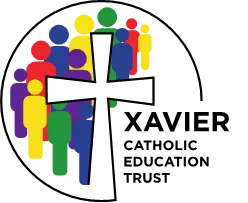
 undefined
undefined

